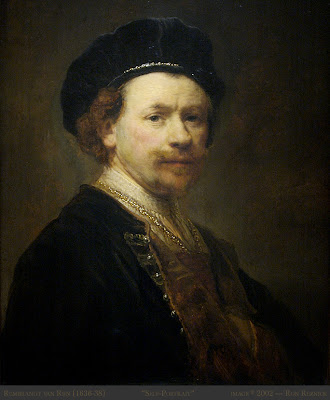If you are a figurative artist than I believe you know how difficult it is to exhibit nudes, even partial nudes in American settings. A country that has violence in high schools, mayhem on streets, several wars abroad and glamorizes heroes of violence in mass-media cannot face a nude in art center.
The shock, the trauma, even possible collapse and cardiac arrest may ensue if a visitor to public art show would be unexpectedly presented with a sight of a nude. Oh, horror! What those depraved Satans of art had done to my innocence, now and forever bespotted, contaminated with the offensive image!
It was so cozy and safe when all the exhibiting spaces were covered with acreage of abstract art offending no one. You could walk safely past yellow circles and red rectangles and pajamas-like stripes toward some nasty splatter and listen to assertive screech of the art-docent showing how to say “wonderful” as if it was three words ,a name of a Dutch master Won der Fool. And so it is all “WONderful”, except that this exclamation is reserved for lady-docent and art curators because it is evaluative and you should pensively say “interesting…”while looking at the pajama-stripes art-work.
Here is art that shows gums but has no teeth. It is guaranteed to be safe for children up to the age of two. Past that age however it may actually slow the cognitive development from Homo erectus to Homo sapiens. Visiting today’s museum, library or art-center you are safely in Crayolaland build for children. In contemporary world people expect they can take their children any place with them and complain if some of those places are not accommodating ‘children’s needs’.
Here is an incomplete list of groups most likely to press against showing nudes at a show:
-women who think that painting nudes is comodifying woman’s body and therefore is “degrading” women.
-those among Christians who abhore pleasures, sensuality, Eros and beauty of human body.
-the rigid doctriners of modern art who see no place for figurative art in contemporary culture.
- parents who drag along, push strollers and piggy-back children everywhere and want the whole world to be expurgated for their little tots.
-small-cranium hypocrites who think that any, even the most reverent show of nakedness is “pornography”.











